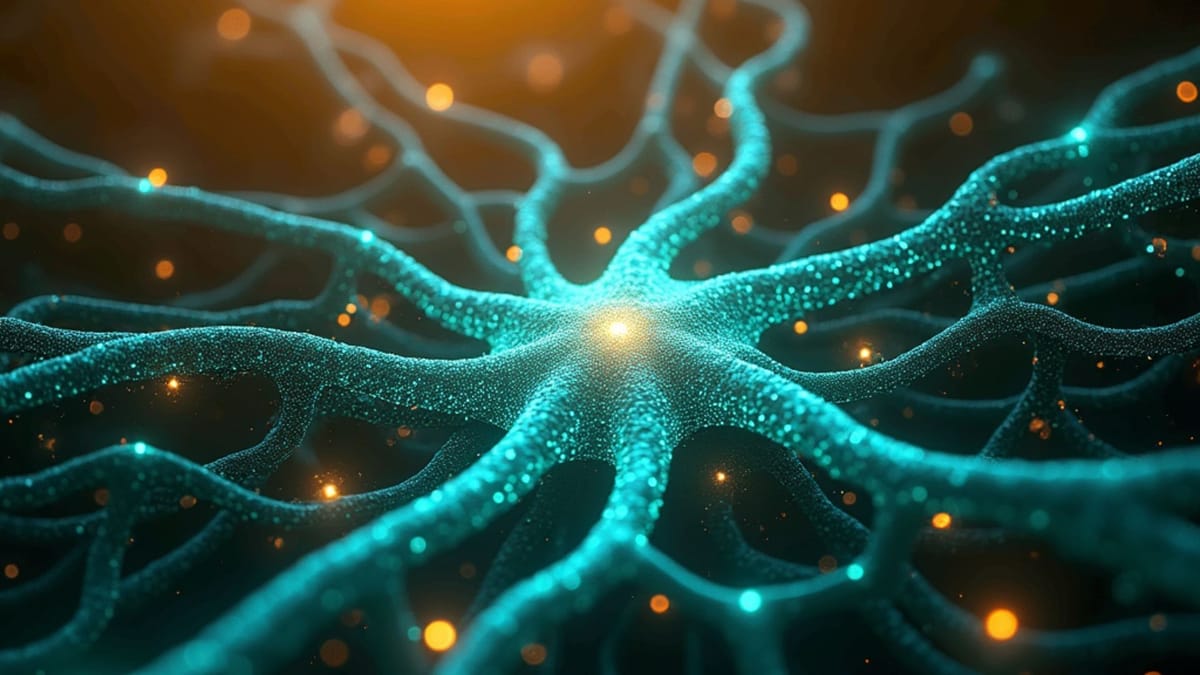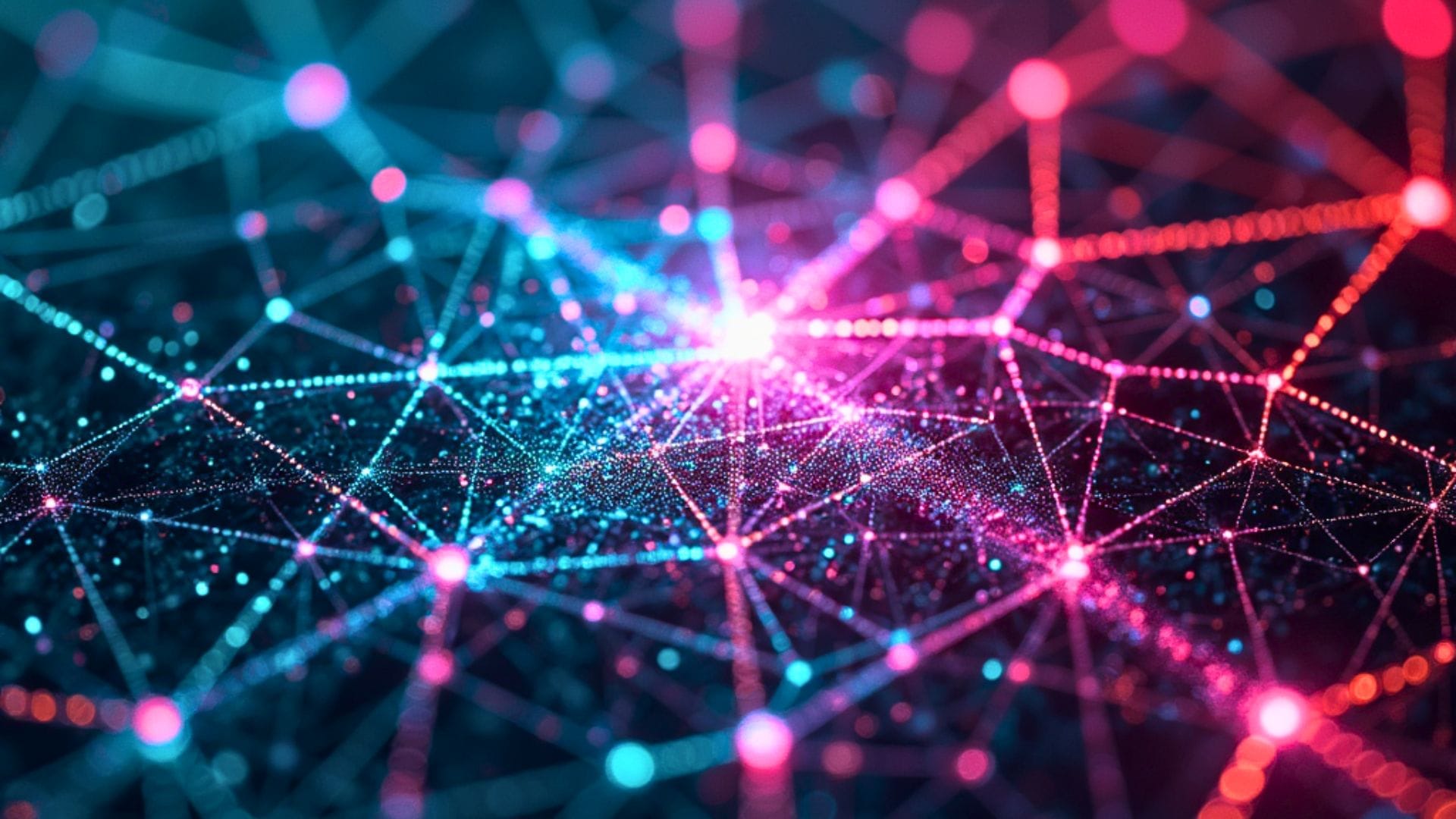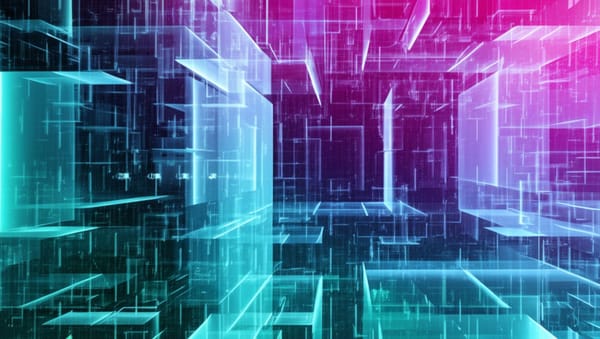Tech Leaders Reveal Breakthrough in Non-Destructive Brain Interfaces Using Stem Cells

A new approach to brain-computer interfaces that doesn't destroy neurons could revolutionize how we connect technology to the human brain, according to a discussion between tech leaders Peter Diamandis and Salim Ismail. The pair revealed details about Science Corp CEO Max Hodak's work on what they described as a "biohybrid neural interface" that leverages living neural stem cells to create natural integration between technology and the brain.
End of Miles reports this advancement, shared during a recent tech conversation, represents a potential breakthrough in BCI technology by addressing one of the field's most significant challenges: creating connections without damaging brain tissue.
Natural Integration Rather Than Invasive Insertion
According to Diamandis and Ismail, Hodak's system takes a fundamentally different approach from current BCIs. Rather than physically inserting electrodes into brain tissue, the Science Corp team has developed a computing substrate with millions of microscopic wells filled with nutrients.
"What he's built is physical computer circuitry with millions of micro wells containing nutrients for neural stem cells. These cells interface with the electronics, and when placed on the brain's surface, they grow their axons and dendrites into the brain like roots into soil—without killing any neurons."Peter Diamandis describing Hodak's technology
The tech leaders explained that as these cells extend their connections, they form appropriate neural pathways naturally. This approach could potentially provide millions of brain connections without the tissue damage associated with conventional methods like those used by Neuralink.
Progress Timeline Revealed
During their conversation, Diamandis and Ismail mentioned that Science Corp has already demonstrated the technology in animal models, with primate trials reportedly scheduled for later this year. According to their discussion, human trials might begin approximately two years after that.
The pair contrasted this approach with current BCI limitations, noting that Hodak, who previously served as Neuralink's president, had pointed out significant bandwidth constraints in existing systems. They referenced how current interfaces transmit information at only about 10-40 bits per second—woefully inadequate compared to modern computing standards.
"They were discussing how Neuralink devices insert about a thousand to 2,000 very fine filaments into the brain, but these filaments, even as thin as they are, destroy millions of neurons in the process." Salim Ismail on the conversation about current BCI limitations
Historical Context and Future Implications
Diamandis and Ismail placed this development within the broader context of technological predictions, referencing futurist Ray Kurzweil's forecast that high-bandwidth brain-computer interfaces would emerge by 2033—a prediction many experts had considered overly optimistic given the technical challenges.
According to their discussion, Hodak's approach may help realize this vision earlier than expected by working with the brain's natural capabilities rather than against them. The conversation highlighted how this biohybrid approach acknowledges the brain's incredible plasticity and ability to integrate with new elements.
"What I found fascinating was their point that the brain will naturally optimize connections with computing systems—it'll figure it out on its own. We don't need to engineer every aspect of the integration." From the tech leaders' discussion on neural adaptability
While still in early development, the tech leaders suggested this non-destructive approach to brain-computer interfaces could accelerate progress toward truly integrated human-computer systems, potentially opening new frontiers in treating neurological conditions, enhancing human capabilities, and eventually enabling the high-bandwidth neural connections long anticipated by technology forecasters.





